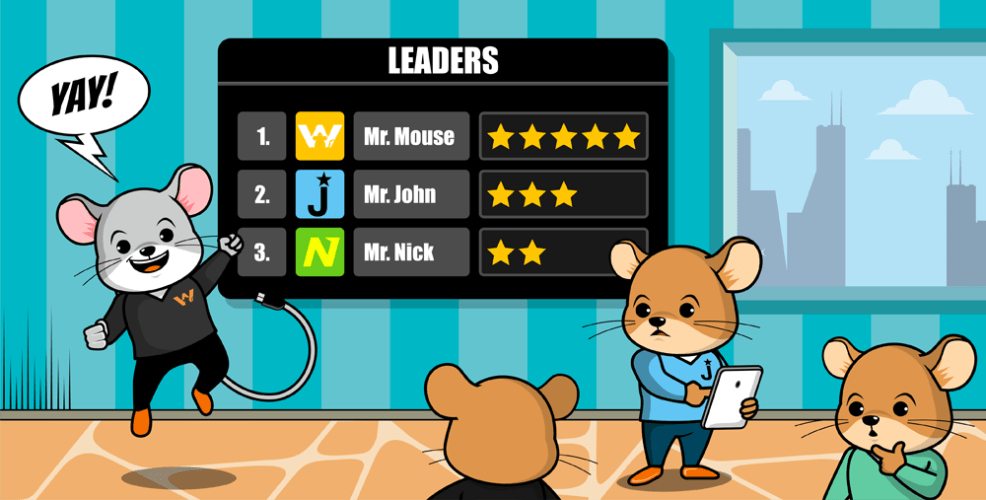
Please note that this blog is archived and outdated. For the most current information click here!
Grow Up, Not Old: The Power of Gamification & Why It Matters
As industries battle innovative ideas and technologies as well as artificial intelligence available to us one area has recently stood out to
us. Increasingly the term "Gamification" is being thrown about by not just software developers but also senior executives of multi-national
companies.
Gamification is when game elements, as well as digital game design techniques, are applied to non-game context problems, which include
both business and social impact challenges.
When a system, application or process is gamified it is not just for the fun of it, the purpose of gamification is to solve a problem; for
example: getting employees more engaged with formerly known dull tasks such as data entry. If the gamification of a process or activity
solves a real world problem, it will minimise resistance to adopting the tool or app.
Typically consumers have choices when it comes to using a gamified system, process or website, unlike employees who have limited to no
choice in the decision. When using the gamified system becomes a requirement, the pleasure derived from said activity quickly turns into an
additional negative stress. In order to avoid this potential problem, companies who intend to use gamification for its own employees, need
to make the process or application employee orientated.
There are a number of positive outcomes that can result from the use of gamification. In contrast to social networks (that display only the
information individuals choose to make public) gamification reflects the actual achievements of individuals or teams within an organisation
in real-time. This data is more valuable and useful than any performance feedback that today's metrics display. Gamification has the
potential to increase transparency during processes such as selecting which employee gets promoted, laid off or even how to strategically
allocate budget. The key to remember is that when you apply gamification to a process or application it has to be functional already.
Gamification does not make bad applications better.















.png)

